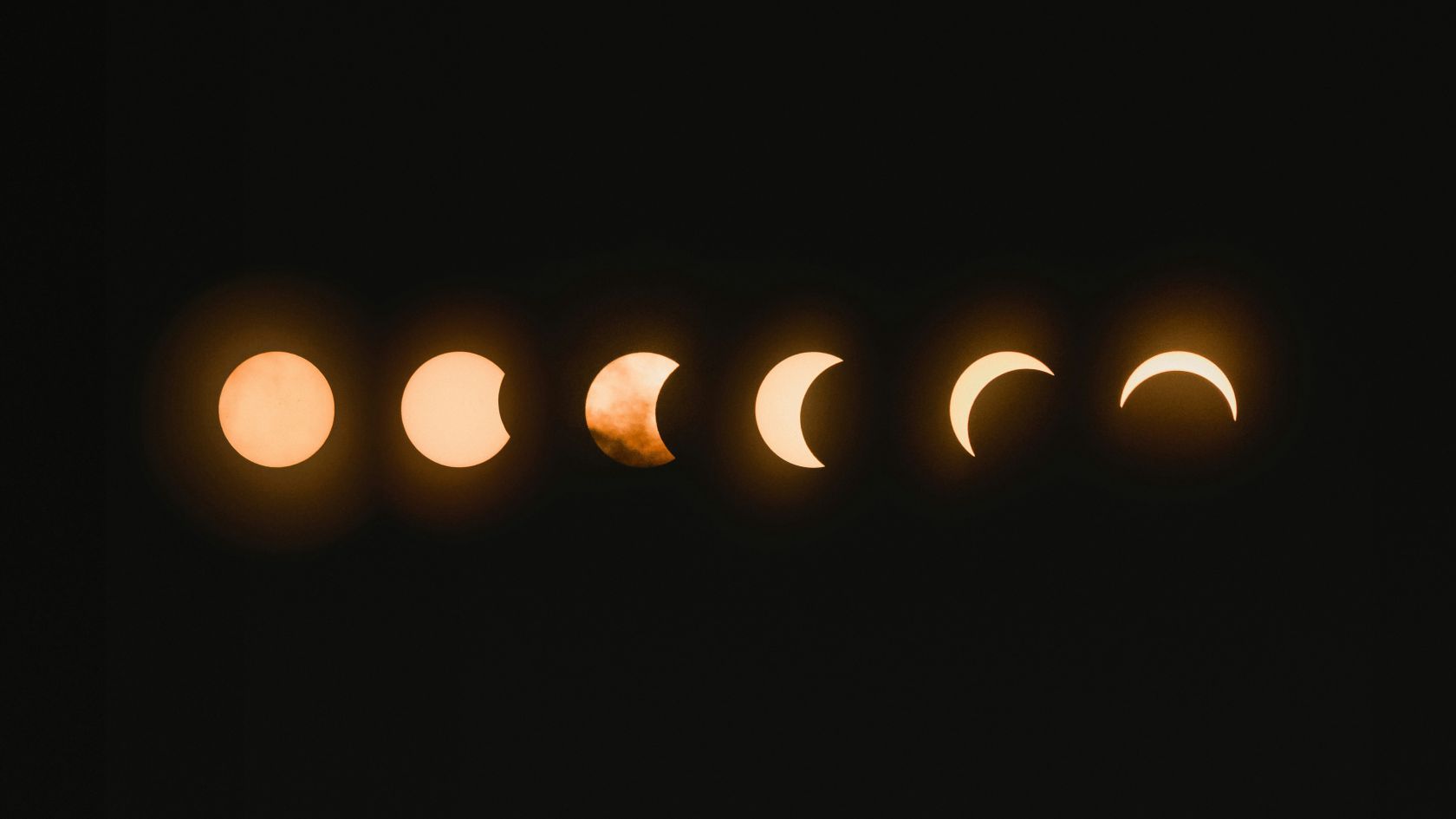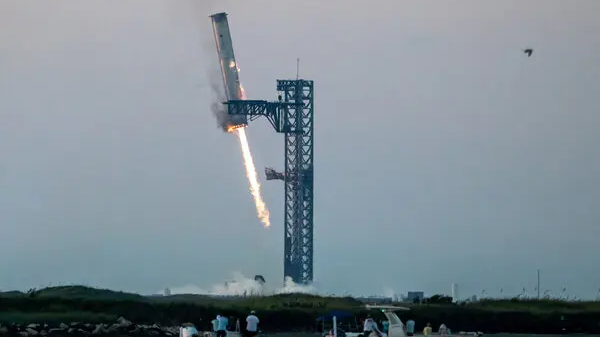The consensus view of the origin of our Moon is now coalescing around a theory that a very large object, almost the size of Mars, collided with us when Earth was around 50 million years old.
Numerous rock samples recovered from the Moon have very similar chemical and isotopic fingerprints to ancient rocks found on Earth – pointing to a common origin. If formed from the same material, the moon must consist of material ejected from the Earth when it received a massive impact. Modelling of theoretical impacts indicates the relative sizes of the two bodies which collided – and accounts for the close similarity of rocks on the two bodies.
In 2023, an article in Nature reported evidence that Earth suffered a very large impact at a tender age. Two massive continental-sized shapes, about 3000 km below the Earth’s surface and close to the boundary with Earth’s core, have long puzzled seismologists. These two ‘blobs’ are denser than the surrounding material and are known as LLVPs (large low velocity provinces). It is proposed that these are remnants of the planet-sized body which impacted Earth – an impact which carried this material a huge distance beneath the Earth’s surface, with the violent impact displacing material from the far side of Earth - which then formed our moon.
The sheer size of our moon, relative to the size of our planet, makes it impossible for Earth to simply have captured the moon during a close encounter – Earth’s gravity is simply not great enough to have exerted sufficient pull on the moon to capture it as it swung by. Hence, the high probability that two bodies collided and a large chunk of one of the original bodies separated and became our moon.
The gravitational waves exerted by our outsized moon have kept our core molten and our magnetosphere virile. It is key to the emergence of life on Earth. This cataclysmic event changed the future of our planet and prepared the way for the future terraforming of our ecosystem. Without our moon, there would be no life on Earth.
Staggeringly, we have an ancient record describing almost this exact history for our planet. The Sumerian records (6000 to 4000 years ago) state that Earth was formed when the planet that formerly orbited between Mars and Jupiter, which they named Tiamat, collided with another planet, they named Nibiru, which had a highly eccentric orbit. Nowadays, there is speculation that another planet with a highly elliptical orbit exists waiting to be discovered – which would explain some puzzling orbital perturbations of our outer planets.
According to Sumerian history, Tiamat was largely covered with deep water. Tiamat was destroyed by the collision, with the largest part destined to become part of Earth, whilst the remaining debris from the collision became what we call the Asteroid Belt and the ancients called the Hammered Bracelet. The Sumerian history tells of the part of Tiamat which collided with Earth, bringing our large mass of water. Lunar rock samples contain very little evidence of water, suggesting that water was largely absent from the early Earth.
Recent evidence seems to confirm that this former planet orbiting between Mars and Jupiter was indeed a major source of our seawater.

In August 2020, analysis of infrared imaging data collected from Ceres by the NASA spacecraft Dawn revealed the presence of hydrohalite – a material common in sea ice but never before found except on Earth. Ceres, with a diameter of 940km, constitutes the largest remnant of Taimat remaining in the asteroid belt. This further supports the theory that part of Earth and Ceres share a common parent body – Tiamat.
In 2021, a meteorite crashed in Winchcombe, Gloucestershire, UK, containing water which was a near-perfect match for seawater found on Earth. Analysis found an 11% water content, containing a very similar ratio of the different types of hydrogen atoms to water on Earth. Camera footage of the meteorite’s fireball allowed researchers to calculate a very precise trajectory. Backtracking the data indicated the meteorite came from the asteroid belt between Mars and Jupiter. The meteorite also contained carbon and nitrogen-bearing organic compounds, including amino acids. If Earth’s oceans have been formed from, or at least topped up by, asteroids which were remnants of Tiamat, then not only does it confirm Tiamat was a watery planet but life may already have emerged there prior to its destruction. It is possible that the building blocks for DNA arrived on Earth with that large chunk of Tiamat that led to the formation of our moon.
This ancient Sumerian understanding explains how Earth may have gained a large volume of water; why Earth originally had a single giant continent (bulging on one side as a result of the impact?); it explains the creation of the Asteroid Belt and why the water analysed from asteroids shares the chemical signature of our seawater.
One might ask where did such a sophisticated, and now seemingly plausible, explanation originates from – it hardly seems to reflect oral myths concocted by simple hunter-gatherers?
Sadly, we know our Moon was too big for Earth to have simply captured and it is also too big for us to hold on to – the Moon is gradually slipping from our grasp. But no worries, our Sun will go supernova in about 6 billion years – long before we might lose our Moon!
This article is based on Prequel: Younger Dryas meteor impacts, The Flood & Atlantis
More details at www.quintologypublications.com
Available in Print and as an Ebook from all leading booksellers














